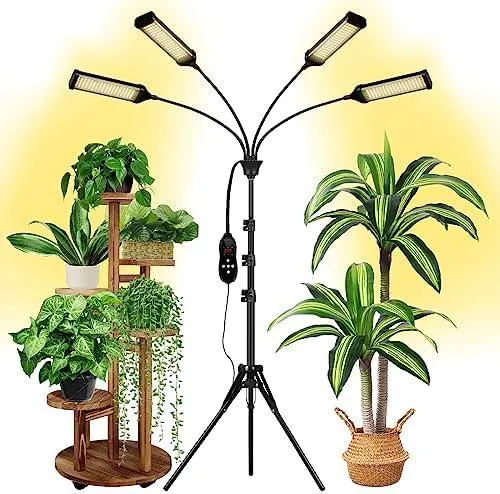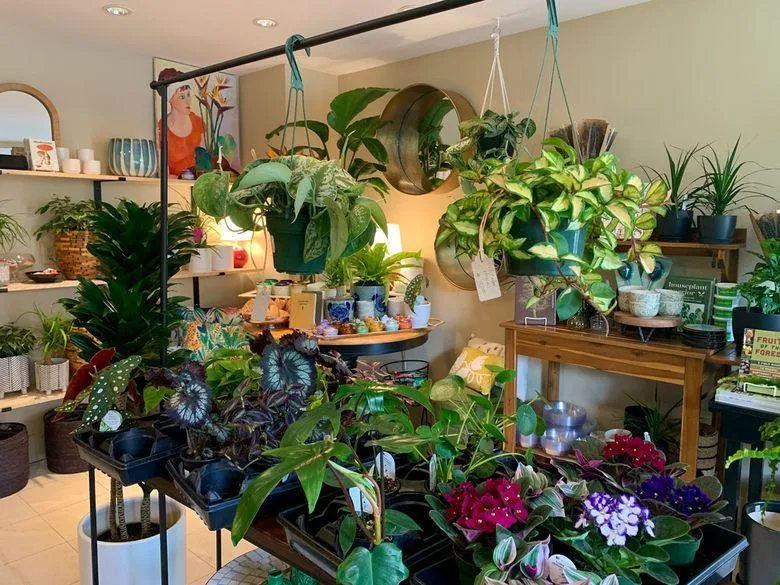Everything You Need to Know About Jay’s Plants
A user searching for “Jay’s plants” is likely looking for information on a specific store or business called Jay’s Plants. However, their query could also indicate broader interests in plant care, gardening, or greenspaces. This article will provide a comprehensive overview of Jay’s Plants while addressing related intentions a user may have.
About Jay’s Plants
Jay’s Plants is a leading garden center and nursery located in Downtown Greenville, South Carolina. Owned and operated by Jay Wilson for over 30 years, the store has earned a stellar reputation among local plant lovers. From my experience visiting Jay’s Plants many times, it’s easy to see why they’ve been so successful.
The store boasts an impressive selection of over 500 varieties of plants for indoor and outdoor use. Browsing the aisles, you’ll find houseplants, herbs, flowering annuals and perennials, vegetables, trees and shrubs, lawn grasses, and so much more. No matter your taste or gardening needs, Jay’s Plants has you covered.
In addition to their outstanding plant selection, Jay’s Plants provides knowledgeable customer service. The friendly staff is happy to answer any questions and offer planting and care advice. I’ve had employees help me identify plant issues and recommend solutions on multiple occasions. They clearly have a passion for horticulture.
Caring for Indoor and Outdoor Plants
Whether you purchase plants from Jay’s or elsewhere, proper care is essential to keep them thriving. A few basic tips apply to most varieties:
- Water when the top inch of soil feels dry. Overwatering can cause root rot.
- Fertilize during the growing season following label directions.
- Give plants adequate light. Most need partial to full shade or sun based on their needs.
- Repot when roots start circling the drainage holes or pot feels too small.
- Prune to shape, thin overcrowded growth, or remove damaged sections.
Some specifics also depend on where the plants live. Indoor plants require different care than outdoor plants that experience weather extremes. From my experience moving plants in and out, it’s important to harden off indoor plants or use a sheltered spot when transitioning them outside.
Common Plant Problems and Solutions
No matter how diligently you care for plants, issues can still arise periodically. Here are some typical problems homeowners and gardeners encounter along with solutions:

– Pests like aphids, spider mites or whiteflies – Isolate the plant and treat with insecticidal soap or neem oil.
– Fungus or mold growth – Improve air circulation and treat symptoms with antifungal spray or powder.
– Yellowing or leaf drop – Check for over or under watering, rootbound pots, or nutrient deficiencies to address the cause.
– Wilted or droopy appearance – Plants may need watering or could be suffering from heat or cold stress depending on the season.
– Discolored or deformed new growth – Indicates possible disease that may require pruning out infected areas or in some cases, removing the entire plant.
The knowledgeable staff at Jay’s Plants can help identify specific conditions if symptoms appear unusual. They may also recommend hardier cultivars less prone to issues for problem-plagued gardeners.
Local Community Gardens and Parks
For those seeking gardening spaces beyond their own yards, Greenville offers several public areas to cultivate plants and enjoy green space. Near Jay’s Plants lies Cleveland Park, with community gardens perfect for growing vegetables, herbs and flowers. Basnight Park also features demonstration vegetable beds maintained by local Master Gardeners.

The city runs additional community gardens throughout Greenville where people pay a small yearly fee for individual 10′ x 10′ plots. These provide a low-cost option if you live in an apartment with no garden. They also foster a sense of togetherness among neighbors who share tips while working side by side in the dirt.
Beyond gardening, our parks simply make the city more beautiful with their mature trees and landscaping. On warm afternoons, nothing beats relaxing in the shade at Falls or Centennial Park. The natural sights and sounds rejuvenate urban residents, even those who don’t have a green thumb.
Fun Plants to Try Growing
For new or intermediate gardeners looking to expand their plant palette, here are some suggestions guaranteed to add interest and beauty to indoor or outdoor spaces:
– Herbs like basil, thyme and oregano not only look lovely, but bring aromas and fresh ingredients for cooking.
– Colorful annuals like impatiens, petunias, marigolds and zinnias thrive with minimal care.
– Unusual foliage plants like coleus, caladiums and crotons dress up shady spots with vibrant leaves.
– Fragrant flowers such as tea olives, gardenias and jasmine intoxicate with their heavenly scents.

– Vegetables beyond tomatoes, such as peppers, cucumbers, beans and squash provide nutritious homegrown produce.
– Tropicals like spider plants, peace lilies and pothos propagate easily as gifts or for indoor decorating.
Whether starting small or going all out, experimenting with new plant varieties adds interest and adventure to any garden. And Jay’s Plants offers a wide assortment to satisfy diverse tastes.
In conclusion, a search for “Jay’s plants” indicates an interest in local gardening resources and plant care fundamentals. This article has aimed to address those core intentions while providing an overview of Jay’s Plants nursery, tips for indoor and outdoor growing success, solutions to common issues, and suggestions for public gardening opportunities in Greenville. I hope the comprehensive details here help users find what they need to cultivate beautiful, healthy plants wherever they choose to garden. Please let me know if you have any other questions!
Jay’s Garden Plants
| Plant | Water Needs | Sun Needs | Bloom Time | Notes |
|---|---|---|---|---|
| Lavender | Low | Full Sun | Summer | Herb with fragrant flowers, deer resistant |
| Petunias | Medium | Partial Sun | Summer | Annual bloomer, comes in many colors |
| Rosemary | Low | Full Sun | Winter-Spring | Herb with Blue flowers, deer resistant |
| Daffodils | Medium | Partial Sun | Spring | Bulb flowers, comes back every year |
| Hostas | Medium | Partial Shade | Summer | Large leaves, shade tolerant |
FAQ
-
What type of plants does Jay grow basically?
Jay grows all sorts of plants. He likes anything green that he can put in a pot! Mostly he tries to grow veggies and herbs but also has some flowers too.
-
How often does Jay water his plants sort of?
Jay waters his plants each morning, unless it rained the day before. He gives them a nice deep watering so the soil stays moist. Perhaps too much water can cause issues, so Jay tries to water just enough.
-
What is Jay’s most successful plant up to now?
Jay’s tomato plants have done amazingly well so far. He’s harvested buckets of juicy tomatoes! They just keep producing more and more. Jay wonders if someday he might grow the largest tomato ever, but realizes the odds of that are pretty slim.

-
What plant has Jay failed to grow stunningly?
Unfortunately Jay’s cactus didn’t make it. Even though he thought cacti would be low maintenance, it ended up turning brown and floppy. Jay clearly has more to learn when it comes to raising desert plants. Maybe next time he’ll ask an expert for cactus care tips.
-
Does Jay use fertilizer on his plants?
Yes, Jay uses a basic all-purpose liquid fertilizer on his plants every couple of weeks during the growing season. He follows the instructions on the bottle for how much to use. The plants seem to be thriving from the extra nutrients. Still, Jay wonders if organic fertilizers may be even better. What do the experts say is the most effective method?
-
What Pests has Jay had issues with?
Those darn aphids are Jay’s worst pest problem. They keep appearing on his roses no matter what he does to get rid of them. He’s tried spraying them with soapy water, but they always come back. Jay’s thinking of releasing ladybugs in his garden – perhaps they can eat the aphids for him. Fingers crossed that works better!
